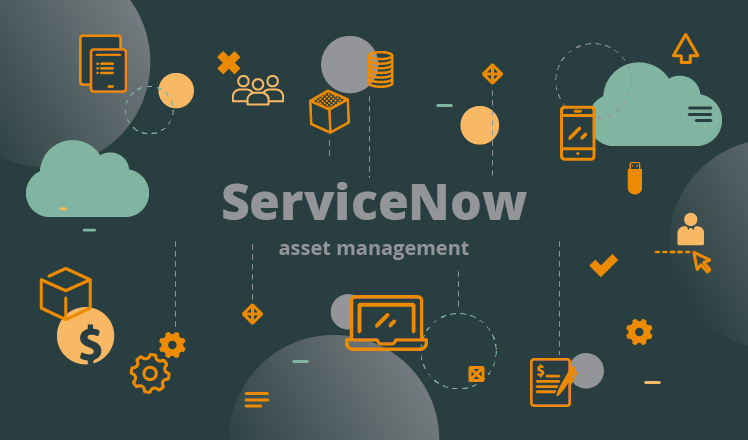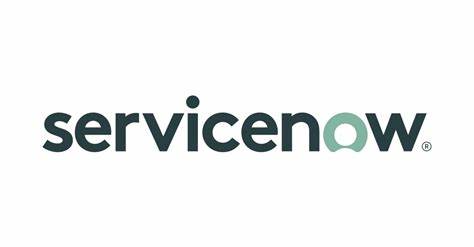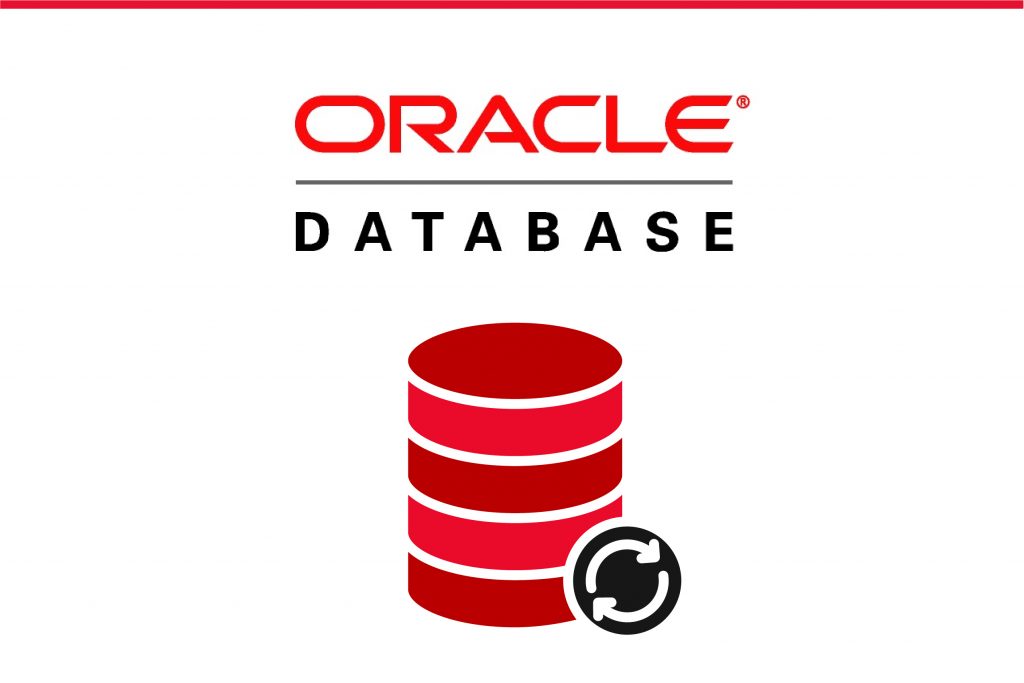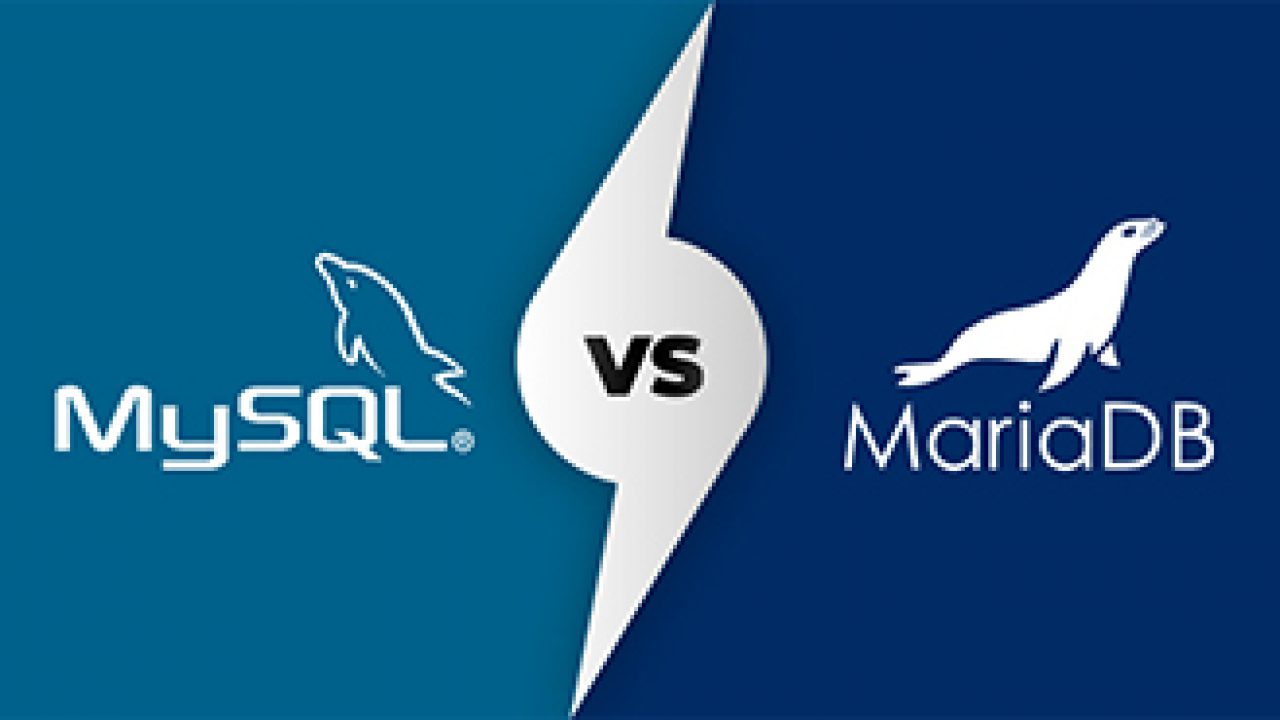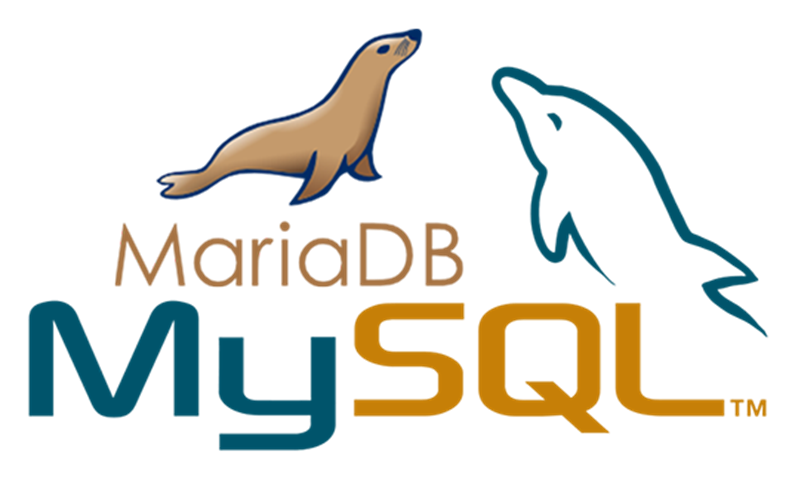Ensure High Availability Of Your Services
Multi vendor e-commerce for vendor
Multi-vendor e-commerce for vendors revolutionizes the way sellers reach customers and manage their online businesses. This innovative platform provides individual vendors with the opportunity to showcase their products or services alongside other sellers within a shared marketplace environment. By joining a multi-vendor e-commerce platform, vendors gain access to a ready-made storefront that is fully customizable to reflect their brand identity and offerings. They can create product listings, set prices, and manage inventory with ease, all through an intuitive and user-friendly interface. One of the key benefits for vendors in a multi-vendor e-commerce setup is the exposure to a larger customer base. By being part of a diverse marketplace, vendors can tap into the existing traffic and customer network of the platform, increasing their visibility and potential sales opportunities. Furthermore, multi-vendor e-commerce platforms often offer various tools and features to help vendors grow their businesses. This may include marketing and promotional tools, analytics and reporting capabilities, as well as customer support services to assist vendors in maximizing their sales potential and providing a seamless shopping experience for customers. Additionally, multi-vendor e-commerce platforms handle the technical aspects of running an online store, such as hosting, security, and payment processing, freeing vendors from the burden of managing these tasks independently. This allows vendors to focus on what they do best – creating quality products or delivering exceptional services – while leveraging the resources and infrastructure of the platform to scale their businesses. In summary, multi-vendor e-commerce for vendors offers a scalable, cost-effective, and efficient way for sellers to establish and grow their online presence, connect with customers, and thrive in today's competitive digital marketplace.
Vendor Registration and Onboarding
Allow vendors to easily sign up by providing necessary business information and agreeing to terms and conditions.
Read MoreAllow vendors to easily sign up by providing necessary business information and agreeing to terms and conditions.Provide onboarding guides and assistance to help vendors set up their profiles and understand platform policies User-Friendly Registration Form: Simple Registration Process: Design an intuitive and straightforward registration form that collects essential information from vendors. Progress Indicators: Provide a progress indicator to guide vendors through the registration steps, reducing friction. Verification Process: Account Verification: Implement a verification process to ensure the legitimacy of vendors and their businesses. Document Submission: Allow vendors to submit relevant documents, such as business licenses or tax identification numbers, for verification. Terms and Conditions Agreement: Clearly Defined Terms: Clearly articulate the terms and conditions of using the platform during the registration process. Acceptance Confirmation: Require vendors to explicitly accept the terms and conditions before completing the registration. Onboarding Assistance: Guided Onboarding Tour: Offer a guided onboarding tour to familiarize vendors with the platform's features and functionalities. Support Resources: Provide access to onboarding guides, video tutorials, and FAQs to assist vendors in setting up their profiles.
Vendor Dashboard
Offer a user-friendly dashboard for vendors to manage products, monitor sales, and access analytics.
Read MoreOffer a user-friendly dashboard for vendors to manage products, monitor sales, and access analytics.Display real-time updates on orders, customer interactions, and inventory levels for quick decision-making. Login and Authentication: Secure Vendor Login: Implement a secure login system to authenticate vendors and provide access to the Vendor Dashboard. Two-Factor Authentication: Enhance security by offering optional two-factor authentication for vendor logins. Vendor Profile: Business Information: Allow vendors to view and edit their business information, including company name, logo, and contact details. Profile Completion Progress: Display a progress indicator to encourage vendors to complete their profiles for a more comprehensive storefront. Sales Overview: Sales Metrics: Provide a summary of sales performance, including total revenue, number of orders, and average order value. Sales Trends: Display graphical representations of sales trends over time. Order Management: Order Processing: List and manage incoming orders, including order status, fulfillment progress, and customer details. Filter and Search Options: Allow vendors to filter and search orders based on various criteria, such as order date or order status.
Product Management
Enable vendors to add, edit, and remove products with detailed descriptions, images, and pricing information.
Read MoreEnable vendors to add, edit, and remove products with detailed descriptions, images, and pricing information.Support bulk uploading of products through CSV files or similar formats for efficiency. Product Listing and Creation: Intuitive Interface: Provide vendors with a user-friendly interface to add new products easily. Bulk Product Upload: Support bulk product uploading through CSV files or similar formats for efficiency. Product Categories: Allow vendors to categorize products into relevant categories and subcategories. Product Details and Descriptions: Rich Product Information: Enable vendors to add detailed product descriptions, specifications, and features. Product Variations: Support product variations such as sizes, colors, and styles with individual pricing and inventory tracking. Product Images and Multimedia: Multiple Image Upload: Allow vendors to upload multiple high-quality images for each product. Product Videos: Enable vendors to add product demonstration videos or promotional clips.
Inventory Management
Implement tools for vendors to monitor and manage their product inventory levels in real-time.
Read MoreImplement tools for vendors to monitor and manage their product inventory levels in real-time.Set up notifications for low stock levels to prompt timely restocking. Product Listing and SKU Assignment: Detailed Product Information: Allow vendors to provide comprehensive details for each product, including descriptions, images, and specifications. SKU Assignment: Enable vendors to assign unique Stock Keeping Units (SKUs) to each product for accurate tracking. Stock Tracking and Alerts: Real-Time Stock Updates: Provide a real-time overview of available stock to vendors, preventing overselling. Low Stock Alerts: Implement alerts to notify vendors when stock levels fall below a predefined threshold. Bulk Inventory Updates: Bulk Upload and Editing: Support bulk upload and editing of inventory data through CSV files or similar formats. Batch Stock Adjustments: Allow vendors to make bulk adjustments to stock levels, such as adding or deducting quantities. Variant Management: Product Variants: Enable vendors to manage product variants (e.g., size, color) with individual stock levels. Variant SKUs: Assign unique SKUs to each product variant for precise tracking.
Order Processing
Streamline the order fulfillment process from order placement to shipment and delivery.
Read MoreStreamline the order fulfillment process from order placement to shipment and delivery.Allow vendors to update order statuses, providing customers with real-time information. Order Notification: Real-Time Alerts: Provide vendors with real-time notifications when a new order is placed. In-App Notifications: Display order notifications within the vendor dashboard for quick access. Order Details: Comprehensive Order Information: Present detailed order information, including product details, quantity, customer details, and shipping address. Order Status: Clearly indicate the current status of each order (e.g., pending, processing, shipped) for easy tracking. Order Acceptance: Acceptance Confirmation: Allow vendors to confirm and acknowledge order receipt. Automated Acceptance: Implement an automated order acceptance system or allow manual confirmation. Inventory Deduction: Real-Time Inventory Update: Deduct sold quantities from the vendor's inventory in real-time. Low Stock Alerts: Trigger notifications to vendors for low stock levels to prompt restocking.
Shipping Management
Enable vendors to set their shipping options, rates, and delivery times.
Read MoreEnable vendors to set their shipping options, rates, and delivery times.Provide tools for vendors to generate shipping labels seamlessly. Shipping Settings: Shipping Options: Allow vendors to set their preferred shipping options, including standard, expedited, and express shipping. Shipping Rates: Enable vendors to define shipping rates based on factors such as product weight, dimensions, and destination. Shipping Labels and Documentation: Automated Label Generation: Provide tools for vendors to generate shipping labels seamlessly within the platform. Customs Documentation: Facilitate the creation of necessary customs documentation for international shipments. Real-Time Shipping Rates: Integration with Carriers: Integrate with major shipping carriers to calculate real-time shipping rates based on carrier APIs. Dynamic Rate Updates: Ensure that vendors have access to up-to-date shipping rates for accurate cost calculations.
Payment and Commission Management
Display transparent commission structures, detailing the platform's fees for each sale.
Read MoreDisplay transparent commission structures, detailing the platform's fees for each sale.Allow vendors to request payouts and provide tools for tracking earnings. Transparent Commission Structure: Clearly communicate the platform's commission structure to vendors, specifying the percentage or flat fee applied to each sale. Provide documentation and onboarding resources explaining how commissions are calculated. Commission Tracking: Offer a centralized dashboard for vendors to track their commission earnings in real-time. Provide detailed breakdowns of commissions for individual products and overall sales. Payout Requests: Enable vendors to request payouts based on their accumulated earnings. Set a minimum payout threshold to ensure efficient processing. Payment Processing Options: Integrate various payment methods for vendor payouts, such as bank transfers, PayPal, or other preferred financial channels. Clearly outline the payment schedule, including the frequency of payouts (weekly, bi-weekly, monthly).
Vendor Ratings and Reviews
Allow vendors to view and respond to customer reviews and ratings.
Read MoreAllow vendors to view and respond to customer reviews and ratings. Provide analytics on vendor performance based on customer feedback. Customer Feedback: Review Submission: Allow customers to submit written reviews and provide ratings for products and overall vendor experience. Rating Scale: Implement a rating scale (e.g., 1 to 5 stars) to quantify the customer's satisfaction level. Moderation and Verification: Moderation Tools: Implement moderation tools to review and approve/disapprove submitted reviews to ensure compliance with platform guidelines. Verified Reviews: Consider implementing a system to verify reviews from customers who have completed a purchase, enhancing the credibility of feedback. Anonymous Reviews: Anonymous Option: Provide customers with the option to leave anonymous reviews to encourage honest feedback. Display Preferences: Allow vendors to choose whether to display anonymous reviews or not. Vendor Response: Response Mechanism: Enable vendors to respond to customer reviews, fostering communication and showing a commitment to customer satisfaction. Timely Responses: Encourage vendors to respond promptly to address customer concerns or express gratitude for positive reviews.
Promotions and Discounts
Enable vendors to create and manage discount codes or promotions for their products.
Read MoreEnable vendors to create and manage discount codes or promotions for their products.Facilitate vendor participation in platform-wide promotions or sales events. Discount Code Management: Create Custom Discount Codes: Allow vendors to generate unique discount codes for their products or entire stores. Set Expiry Dates: Provide the option for vendors to set expiry dates for discount codes to create a sense of urgency. Percentage and Fixed Amount Discounts: Percentage Discounts: Enable vendors to offer discounts as a percentage of the total order value. Fixed Amount Discounts: Allow vendors to provide fixed amount discounts on specific products or order totals. Product-Specific Discounts: Discounts on Selected Products: Permit vendors to apply discounts to specific products within their catalog. Discount Bundles: Allow vendors to create bundled discounts for purchasing a combination of products. Tiered Discounts: Volume-Based Discounts: Provide vendors with the ability to set tiered discounts based on the quantity of items purchased. Order Total Discounts: Allow vendors to offer percentage or fixed amount discounts based on the total order value.
Customer Communication
Provide a messaging system for vendors to communicate directly with customers.
Read MoreProvide a messaging system for vendors to communicate directly with customers.Assist vendors in managing customer inquiries, concerns, and requests. In-App Messaging System: Real-Time Communication: Implement an in-app messaging system that allows vendors to communicate directly with customers in real time. Threaded Conversations: Organize conversations into threaded discussions for clarity and easy reference. Order Status Updates: Automated Notifications: Automatically notify customers of order status updates, including order confirmation, shipment, and delivery. Customizable Messages: Allow vendors to customize messages for different order status updates. Customer Inquiry Management: Centralized Inbox: Provide vendors with a centralized inbox to manage customer inquiries, questions, and concerns. Filtering and Sorting: Enable tools for sorting and filtering inquiries based on order status, product, or priority.
Vendor Analytics
Offer detailed sales reports and analytics to help vendors understand product performance.
Read MoreOffer detailed sales reports and analytics to help vendors understand product performance.Provide insights into customer behavior, preferences, and interactions with vendor products. Sales Performance: Sales Reports: Provide detailed reports on sales performance, including revenue generated, order volume, and trends over time. Product-Specific Sales: Break down sales data by individual products to identify top-performing and low-performing items. Customer Behavior Insights: Customer Demographics: Offer insights into the demographics of customers purchasing from the vendor, including age groups, locations, and preferences. Shopping Patterns: Analyze customer behavior to understand browsing habits, time spent on the platform, and repeat purchases. Product Analytics: Product Popularity: Identify the most popular and least popular products to optimize inventory and marketing efforts. Conversion Rates: Analyze the conversion rates for individual products to understand which listings are more likely to result in a sale.
Tax Settings
Allow vendors to set up and configure tax settings based on their business location and regulations.
Read MoreAllow vendors to set up and configure tax settings based on their business location and regulations.Provide automated tax calculation tools to ensure accurate taxation on transactions. Tax Configuration: Flexible Tax Rules: Allow vendors to configure tax rules based on their business location, product type, and applicable tax rates. Custom Tax Jurisdictions: Provide the flexibility for vendors to set tax rates specific to different jurisdictions they serve. Automated Tax Calculation: Real-Time Tax Calculation: Implement a system that calculates taxes automatically during the checkout process based on the vendor's configured tax rules. Integration with Tax APIs: Integrate with tax calculation APIs to ensure accurate and up-to-date tax rates. Tax Exemptions: Exemption Settings: Allow vendors to manage tax exemptions for certain products or customers based on local tax laws. Customer Tax Exemptions: Provide options for vendors to handle tax exemptions for specific customers or customer groups.
Return and Refund Management
Enable vendors to set their return and refund policies.
Read MoreEnable vendors to set their return and refund policies.Streamline the process of authorizing and processing returns initiated by customers. Return Policy Configuration: Flexible Return Periods: Allow vendors to set flexible return periods based on the type of product (e.g., clothing, electronics) and customer expectations. Return Conditions: Enable vendors to define specific conditions for accepting returns, such as the condition of the item, original packaging, and tags. Return Authorization: Automated Return Authorization: Implement a system for automated return authorization based on the vendor's return policy. Manual Approval: Allow vendors to manually review and approve return requests, providing flexibility in handling unique cases. Return Shipping Labels: Automated Label Generation: Provide tools for vendors to generate return shipping labels for easy returns. Cost Allocation: Determine whether the return shipping costs are borne by the customer or the vendor, as per the vendor's policy.
Vendor Profile Customization
Allow vendors to customize and edit their profiles, adding business information, logos, and contact details
Read MoreAllow vendors to customize and edit their profiles, adding business information, logos, and contact detail Provide space for vendors to showcase their brand and highlight key offerings. Business Information: Editable Business Details: Allow vendors to easily edit and update their business information, including business name, address, contact details, and business description. Business Logo: Provide a space for vendors to upload and display their business logo, enhancing brand recognition. Product Portfolio Showcase: Product Display: Enable vendors to showcase a curated selection of their products directly on their profile. Featured Products: Allow vendors to highlight specific products as featured items on their profile. Banner and Cover Image: Custom Banner: Offer a customizable banner or cover image space on the vendor profile for branding purposes. Promotional Imagery: Allow vendors to use the banner for promotional images, sales announcements, or branding messages.
Notification Preferences
Allow vendors to customize their notification preferences for order updates, customer inquiries, and platform announcements.
Read MoreAllow vendors to customize their notification preferences for order updates, customer inquiries, and platform announcements.Ensure vendors receive real-time alerts for critical events such as new orders or customer messages. Order Notifications: New Order Alerts: Allow vendors to receive real-time notifications when a new order is placed for their products. Order Status Updates: Provide options for vendors to choose specific order statuses (e.g., processing, shipped) for which they want to receive notifications. Customer Communication: Customer Inquiry Alerts: Enable vendors to receive notifications when customers send inquiries or messages about their products. Communication Preferences: Allow vendors to set preferences for communication channels, such as in-app messages or email. Product Updates: Low Stock Alerts: Provide notifications to vendors when their product inventory falls below a specified threshold. Product Review Alerts: Notify vendors about new customer reviews and ratings for their products.


Pricing Features
Frequently asked questions

Multi vendor e-commerce for vendor
Multi-vendor e-commerce for vendors is a platform that allows multiple sellers to showcase and sell their products or services online, providing them with a scalable and customizable storefront within a shared marketplace.




